Oeko-Tex Audit Preparation | Key Focus Areas
Preparing for an Oeko-Tex audit requires meticulous attention to detail, particularly in areas such as segregation, material identification, and traceability. Let’s explore these critical aspects of Oeko-Tex audit preparation and how they ensure compliance with Oeko-Tex Standard 100.
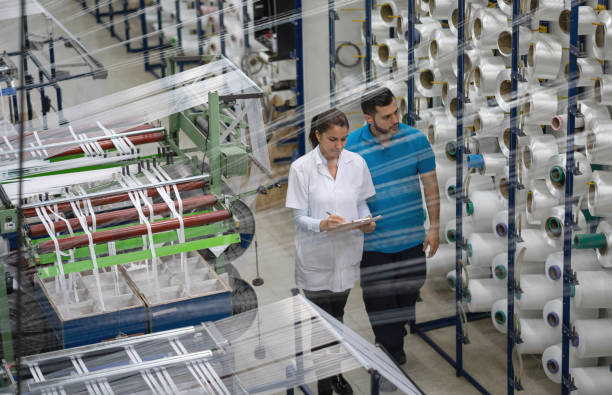
Segregation and Identification of Oeko-Tex Materials
Importance of Segregation
Separate storage and handling of Oeko-Tex certified materials from non-certified ones prevent cross-contamination and ensure the integrity of Oeko-Tex products.
Clear Identification Methods
Implementing distinct labeling or coding systems for Oeko-Tex materials aids in easy identification throughout the production process, from raw materials to finished products.
Preventing Contamination
Proper storage practices and physical barriers help prevent accidental mixing of Oeko-Tex and non-Oeko-Tex materials, maintaining the purity of certified products.

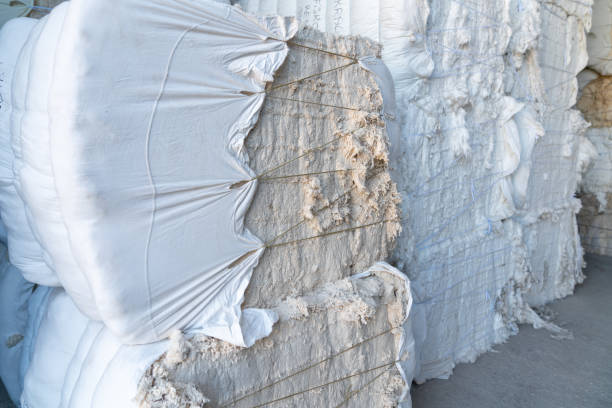
Segregation in Oeko-Tex Audit: Ensuring Material Purity
Significance of Traceability
Establishing traceability allows for the tracking of materials from their source to the final product, enabling swift identification and resolution of any issues that may arise.
Robust Traceability Systems
Implementing comprehensive tracking systems, such as barcoding or digital records, ensures seamless traceability and facilitates Oekotex audit procedures.
Oeko-Tex Record-Keeping
Maintaining detailed records of material origins, suppliers, production processes, and distribution channels is essential for demonstrating traceability during Oeko-Tex audits.
Verification of Information Provided in Oekotex Application
Information Accuracy
Thoroughly review and verify the accuracy and completeness of information provided in Oeko-Tex certification applications, including details of in-house facilities, quality management systems, and supplier information.
Supplier Cert Validation
Collaborate closely with suppliers to obtain and validate Oeko-Tex certificates for materials supplied, ensuring compliance with Oeko-Tex standards and audit requirements.
Verification of Invoices
Cross-reference fresh invoices from nominated Oeko-Tex certified suppliers with the total Oeko-Tex production to ensure consistency and accuracy in materials procurement.

Inspection of Production Processes and Chemical Usage
Detaiiled Process Inspection
Oeko-Tex certification body conduct detailed inspections of production processes to verify adherence to Oeko-Tex standards, including proper handling of materials, equipment calibration, and waste management practices.
Chemical Usage Compliance
Ensure that dyes and chemicals used in manufacturing Oeko-Tex products comply with specified limits and regulations to minimize environmental impact and ensure consumer safety.
Sustainable Practices
Implement sustainable production practices, such as water and energy conservation measures, to align with Oeko-Tex principles and reduce ecological footprint.
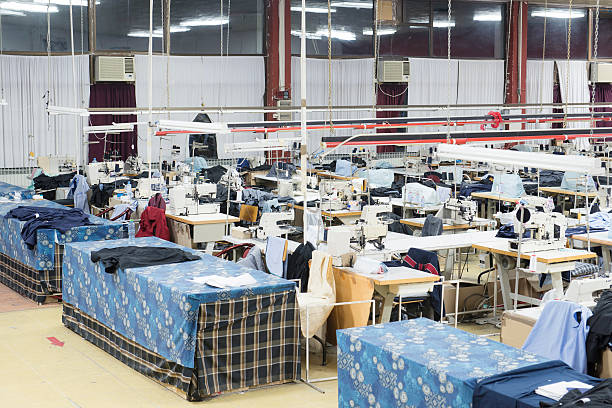
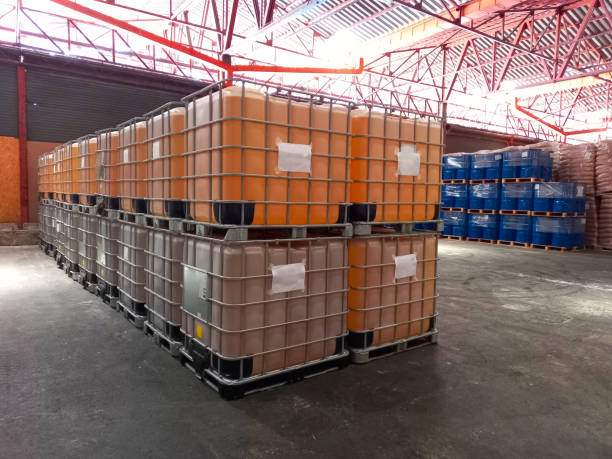
Ace Your Oeko-Tex Audit Presentation
Effective Communication
Clearly communicate your commitment to Oeko-Tex compliance and sustainable practices during the audit presentation, emphasizing transparency and accountability.
Showing Compliance
Provide evidence of segregation, traceability systems, supplier validations, and adherence to chemical usage regulations to showcase your preparedness for Oeko-Tex audits.
Proactive Approach
Address any potential gaps or non-conformities identified during the audit proactively, demonstrating a commitment to continuous improvement and compliance enhancement.
Conclusion
By prioritizing segregation, identification, and traceability of materials, as well as ensuring accuracy in application information and compliance with production standards, you can streamline your Oeko-Tex audit preparation process. Upholding Oeko-Tex compliance not only strengthens your brand reputation but also contributes to a safer, more sustainable textile industry.


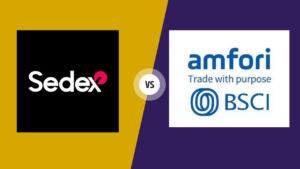

Pingback: Oeko-Tex Certification Process- 7 Step Guide to Get Certified- 2024